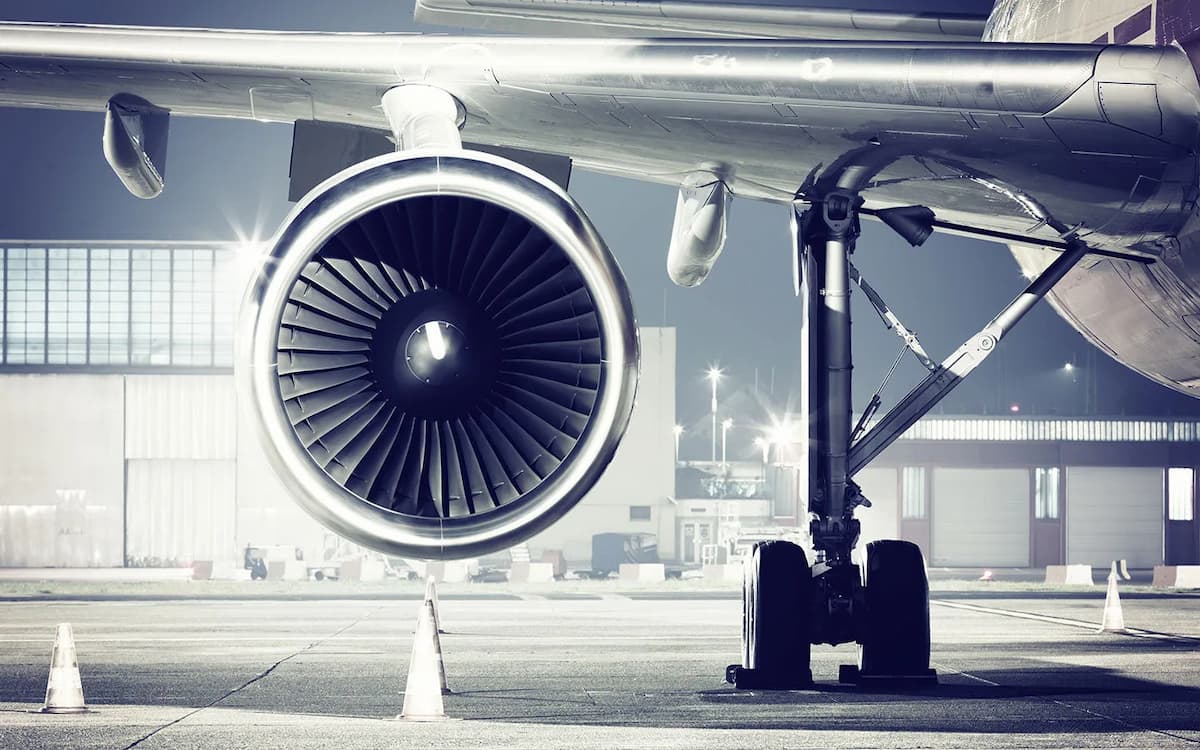In the wake of global efforts to combat climate change, the aviation industry has faced increasing scrutiny for its environmental impact. Responsible for nearly 3% of global carbon dioxide emissions, airlines are under pressure to adopt sustainable practices. One prominent approach has been the introduction of carbon offset programs, allowing passengers to pay extra to mitigate the environmental impact of their flights. However, the question remains: Does buying carbon offsets genuinely contribute to a greener planet?
Understanding Carbon Offsets
Carbon offsets operate on the principle of mitigating climate damage caused by carbon emissions. Passengers, concerned about their flights’ carbon footprint, can opt to purchase carbon credits. Each credit represents the reduction of one tonne of carbon dioxide emissions, typically generated from verified environmental projects. When these credits are used to compensate for emissions, they are retired, becoming carbon offsets.
The Role of Airlines
Over 50 airlines, including major carriers such as Singapore Airlines, Cathay Pacific, Qatar Airways, Lufthansa, and All Nippon Airways, offer passengers the option to buy carbon offsets. Despite this widespread availability, the voluntary nature of these programs results in a notably low uptake rate. According to Air Transport Action Group Executive Director Haldane Dodd, the participation rate is typically “very low,” with fewer than 5% of passengers choosing to offset their emissions through airlines.
Challenges in Uptake
Experts point to various reasons behind the low adoption of carbon offset schemes. The voluntary nature of these programs means passengers perceive them as an additional cost, potentially impacting travel budgets. With rising airfares and growing concerns about inflation, consumers are becoming increasingly cost-conscious. Although the pandemic has heightened awareness of green consumption, the financial considerations often outweigh the desire to offset carbon emissions.
Singapore Airlines’ Approach
Singapore Airlines, for instance, offers passengers the ability to calculate their carbon emissions and pay for offsets. Funds from these offset fees contribute to initiatives such as rainforest preservation in Indonesia, solar energy projects in India, and the distribution of clean-burning cooking stoves in rural Nepal.
While the intention behind carbon offset programs is noble, the current reality indicates a significant gap between intention and action. Addressing the low uptake of these initiatives requires a comprehensive understanding of consumer behavior, cost considerations, and effective communication about the tangible impact of offset contributions. As the aviation industry continues to grapple with its environmental responsibilities, finding ways to bridge this gap will be crucial in fostering a truly sustainable future for air travel.
Source: Airspace-Africa.






